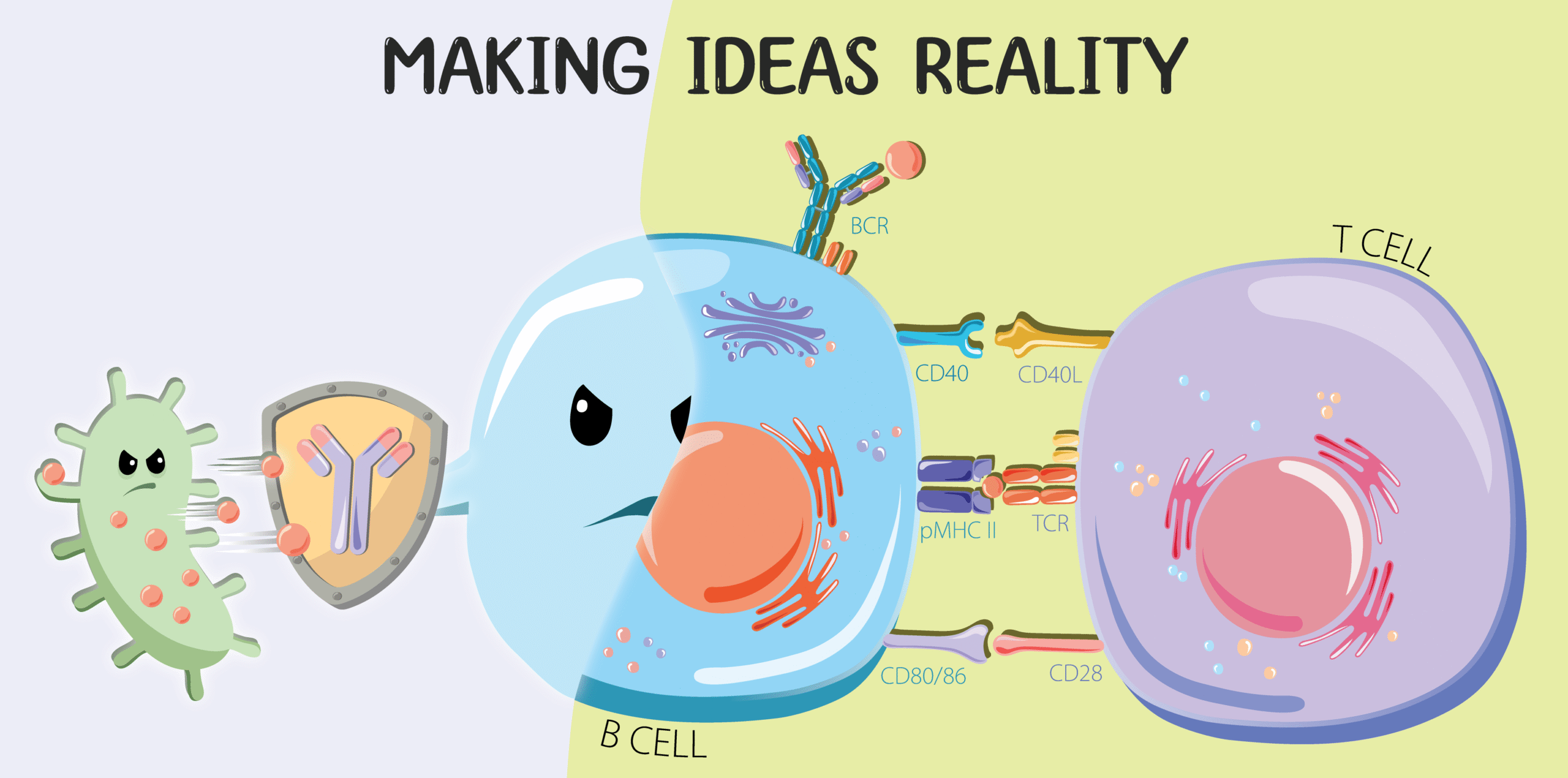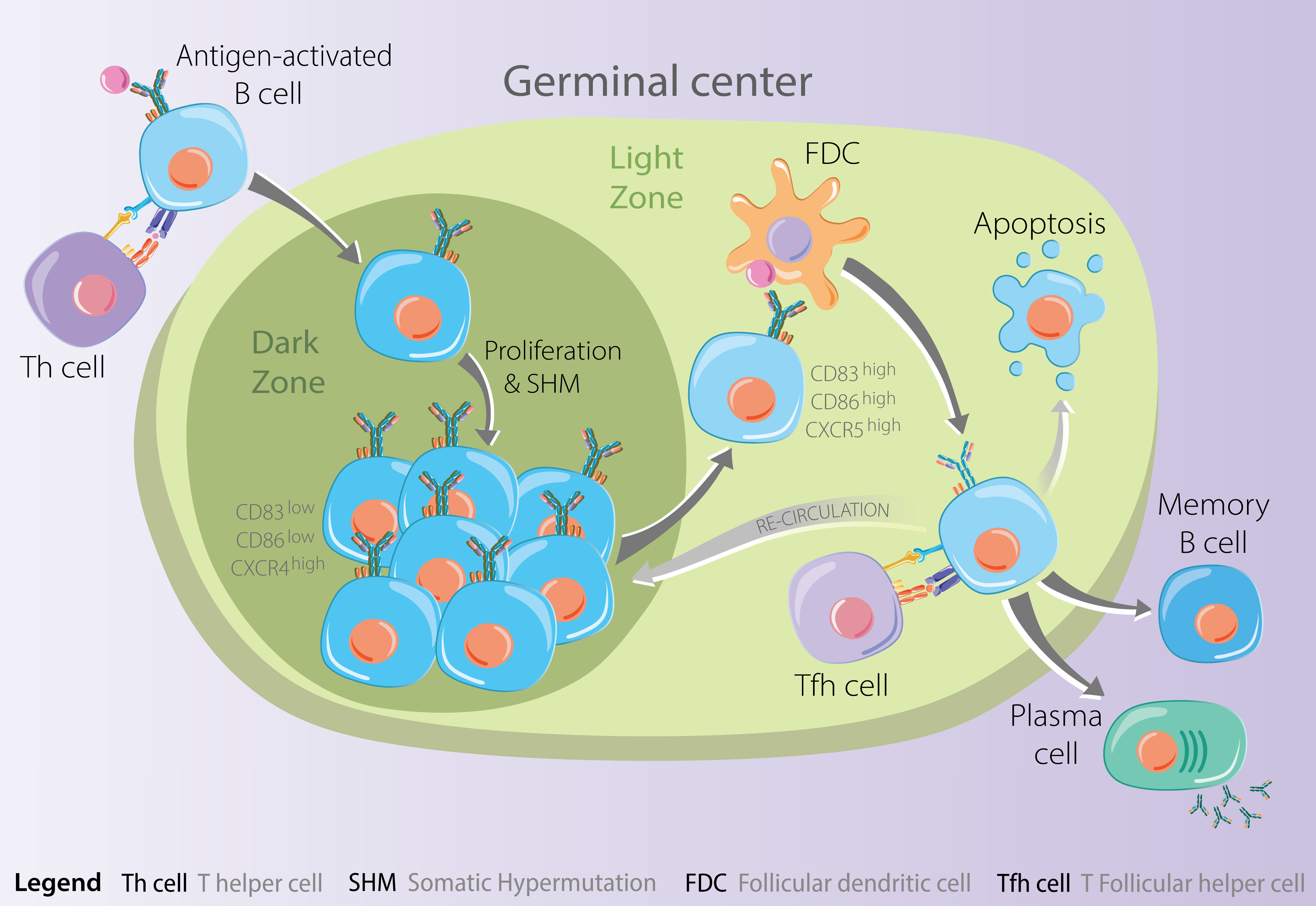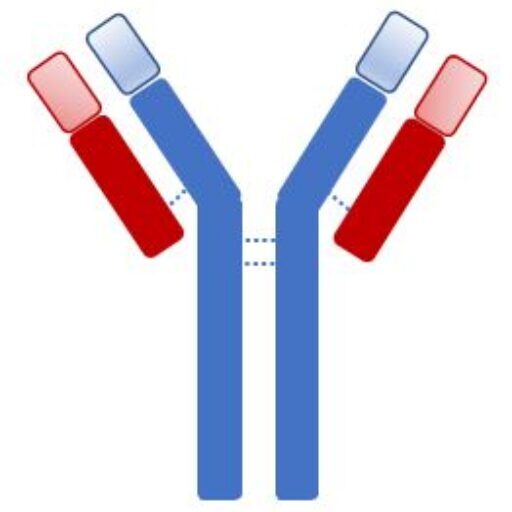Welcome to the website of the Grimsholm Lab!

Research with an open mind and a team with diversity
The Grimsholm laboratory currently works on understanding how our B cell memory is regulated in health and disease. We use preferentially patients with primary immunodeficiency, allergy or autoimmune disease to decipher how B cell memory is regulated. We have just recently submitted the first paper from the laboratory for publication in the area of memory B cells in primary immunodeficiency. Current projects in the Grimsholm lab examine the clonality of memory B cells during allergen-specific immunotherapy and in the autoimmune disease systemic sclerosis. Furthermore, we also investigate the memory B cell dynamics during and after pregnancy.
The current main research topics of the lab
- B cell responses in allergen immunotherapy
- Organoids as a model system for allergy
- Primary immunodeficiencies affecting B cell responses
- B-cell receptor sequencing analysis in health and disease
This image shows the germinal centre. It is divided into the dark zone (left) and the light zone (right). In the dark zone, B cells undergo proliferation and somatic hypermutation (SHM) to diversify their B cell receptors (BCRs). These B cells then migrate to the light zone, where they interact with antigen-presenting follicular dendritic cells (FDCs) and T cells. High-affinity B cells receive survival signals through CD40 and peptide-MHC interactions, leading to positive selection. Cells with lower affinity or unfavourable mutations undergo apoptosis. Positively selected B cells differentiate into either memory B cell precursors or plasmablasts, contributing to long-term immunity and antibody production.

A huge thank you to our sponsors





